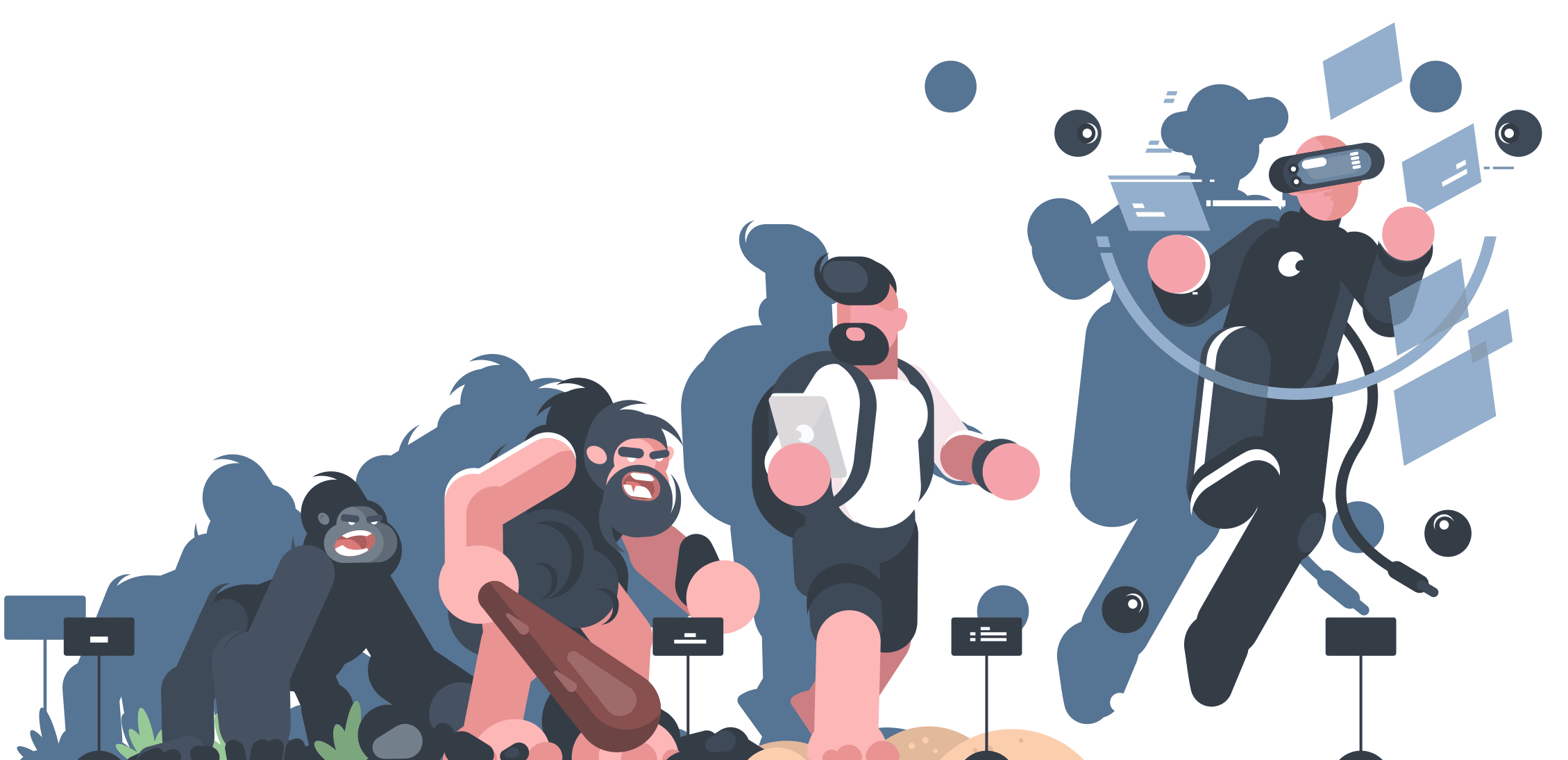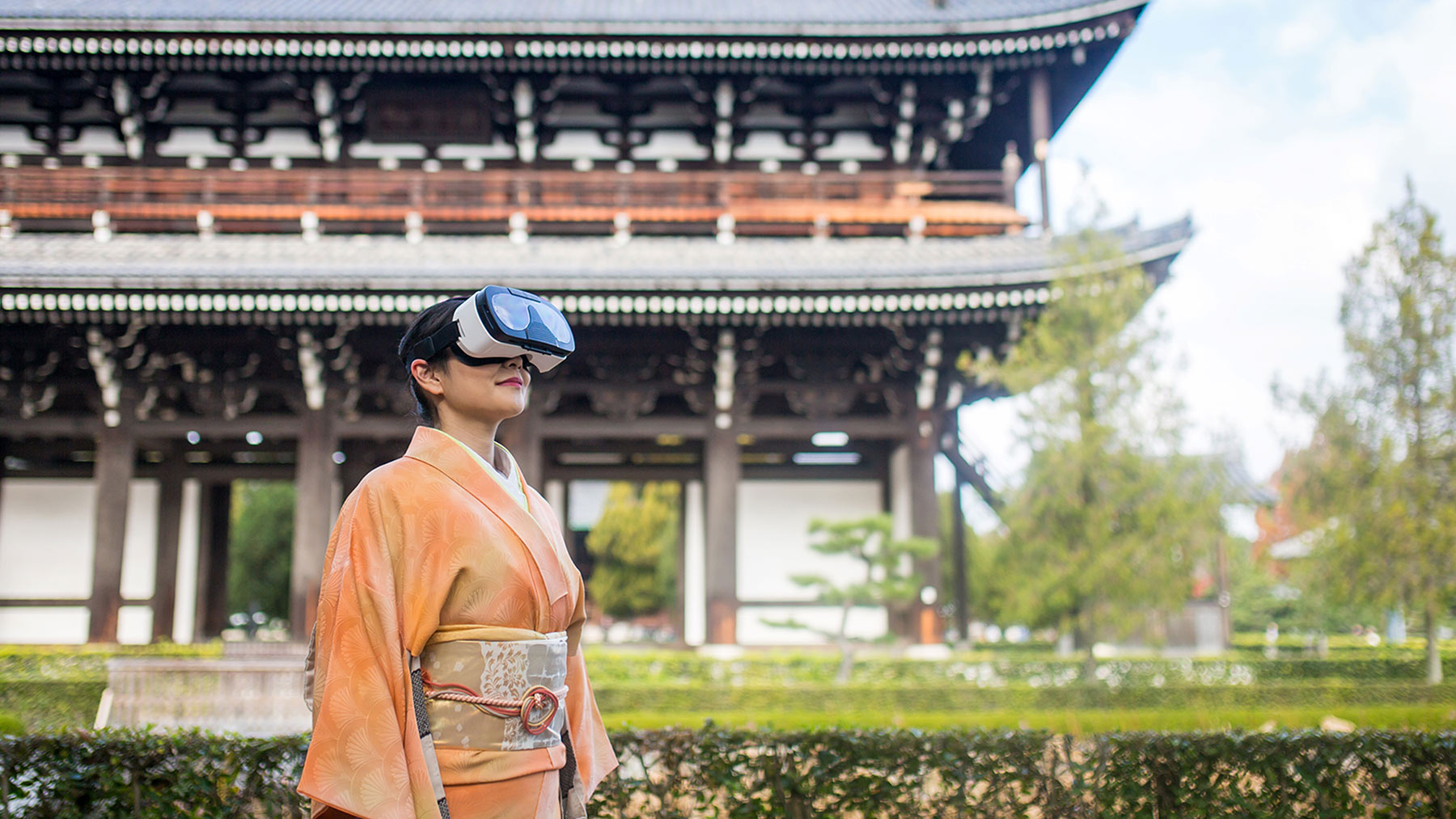
Focus instead of distraction
Does augmented reality help us or do we overwhelm ourselves more and more and eventually become stupid?
We are regularly asked whether users of virtual and augmented reality (VR/AR) are not generally overwhelmed by it. The concern is usually aimed at sensory overload due to too much information.
We are constantly inundated with information
We take in a huge amount of information per second (there are models that speak of 10 million bits per second up to 400 billion bits per second). There is agreement that only a tiny fraction of these sensory perceptions make it into our brain. We hide, filter and protect ourselves from too much information. There is a limit to the information we can absorb that cannot be trained or pushed up. So we can't and don't want to use XR to look for the opportunity to let even more information affect the user at the same time.
Distraction and constant change is the problem
Yes: Our current way of working, the use of the Internet and consumption of social media makes us stupid. The constant change of activities and the constant interruption affect how our mind works. Our digital way of life supports superficial grasping. We forget to understand deeper connections. Interruptions and task changes inhibit the building of schemas. However, the depth of our intelligence depends on the ability to put information into conceptual schemes.
Attention

There are stimuli that almost inevitably reach our consciousness, eg children's screams. Quick impressions stimulate and pleasantly distract us. The brain is less keen on being conscious than many think, because that takes energy. Social media, films, computer games aim at this stimulation with short-lived experiences and viewing and reading experiences lasting seconds. We absorb more and more fragments, with a tendency to overlook concepts, connections and inconsistencies.
Too bad: there is no multitasking

If you think you're doing things at the same time, you're actually jumping back and forth between tasks. There are so-called switching costs, which are required when shifting attention (often in millisecond cycles) and these have an enormous energy consumption.
What to do?
1. As a user
Reduce distractions, disruptions and interruptions. Extend periods of time working on a topic. Then give your brain time to convert what you have worked or learned into schemes. The wave of mindfulness and awareness training is growing. Yoga and especially the classic sitting meditation are suitable for this. It is important for the individual to practice and cultivate counter-trends to volatility. This is actually easier done than said: just do it. Especially in meditation, it's basically the only requirement.


1. As a developer

Less but better. Dieter Rams changed the credo attributed to Mies van der Rohe "Less is more" to "Less, but better".
Especially in XR applications, standards have not yet established themselves. There are good approaches with gesture, eye and voice control. These are not familiar to the user and must be learned and practiced.
The core of many applications is often hit hard, so many developers are tempted to add one or two nice, flashing features so that the application can make an impression.
For modern software development we recommend honesty, courage, minimalism, clarity, user-centricity, updateability.
Investments
1. HYPER REALITY from Keiichi Matsuda
The video "Hyper-Reality" presents a provocative and kaleidoscopic vision of the future, where physical and virtual realities are merged and the city is permeated by media. It dates back to 2016.
2. Sati (Pali: सति; Sanskrit: स्मृति smṛti)
Sati is mindfulness, or awareness, a spiritual or psychological ability that forms an essential part of Buddhist practice. It is the first factor of the seven factors of enlightenment. "Right" mindfulness is the seventh element of the Noble Eightfold Path.